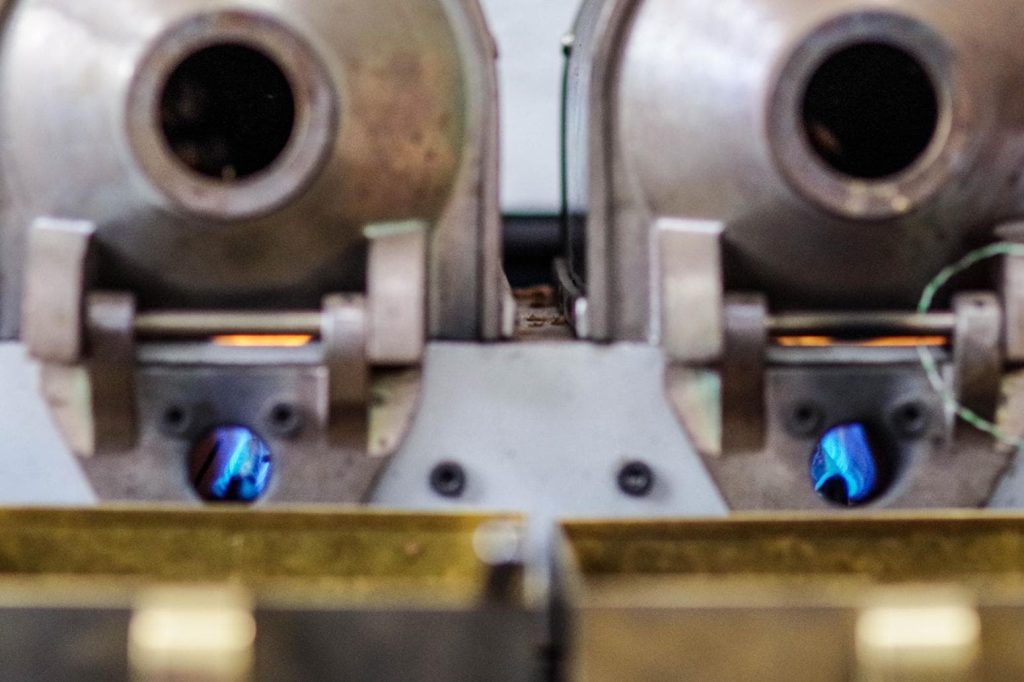
COFFEE ROASTERS – the combustion fuels
In conventional drum roasters, thermal energy is primarily delivered through flame-based burners that heat the air passing through or around the roasting drum. The type of fuel used for combustion—natural gas (methane), liquefied petroleum gas (LPG: propane/butane), or diesel—has direct consequences on:
* Flame characteristics (temperature, length, turbulence)
* Burner design (air/fuel mixing, modulation, ignition)
* Heat transfer (convective vs radiant balance)
* Environmental impact (CO₂, NOₓ, particulates)
This article summarizes the scientific and engineering implications of each combustible in the context of specialty coffee roasting.
Combustion Fuels: Calorific Values and Energy Densities
* LPG fuels (propane/butane) are 2.5–3.2 times more energy-dense than methane on a volume basis.
* Diesel offers the highest energy per liter, but is a liquid fuel, requiring atomization and ignition control.
Burner Design and Fuel-Specific Requirements
Natural Gas Burners (CH₄)
* Require larger nozzle orifices and higher volumetric flow rates.
* Pre-mix systems are ideal for stable combustion.
* Clean combustion (low soot), but sensitive to supply pressure and air/fuel ratio.
LPG Burners (Propane/Butane)
* Smaller nozzles due to high energy density.
* Can operate at lower flow rates with higher flame velocity.
* Vaporization depends on tank pressure — sensitive to ambient temperature.
* Often used in mobile or rural installations.
Diesel Burners
* Require high-pressure atomizers and preheating systems.
* More prone to carbon buildup and maintenance.
* Radiant heat is dominant, increasing the risk of uneven drum heating.
* Not ideal for clean combustion — emits NOₓ, SOₓ, and PAHs.
Future Perspectives in Roaster Combustion
1. Hydrogen-Ready Burners
2. Biogas and Renewable LPG
3. Hybrid Electric-Gas Systems
4. AI-Based Combustion Control
#roastingcoffee #SpecialtyCoffee
#coffeeknowledge #CoffeeLovers #coffeescience #coffeeprocessing